Some air travel costs can be huge, and some destinations’ prices are astronomical. The high rates for flying into certain cities often depend on airport taxes, low competition, isolation, and high operational costs.
Knowing which cities to avoid because of their expense can help travelers plan more effectively for international travel. As global air travel continues evolving, staying abreast of these cost factors is increasingly important for business and leisure travelers.
Tokyo, Japan
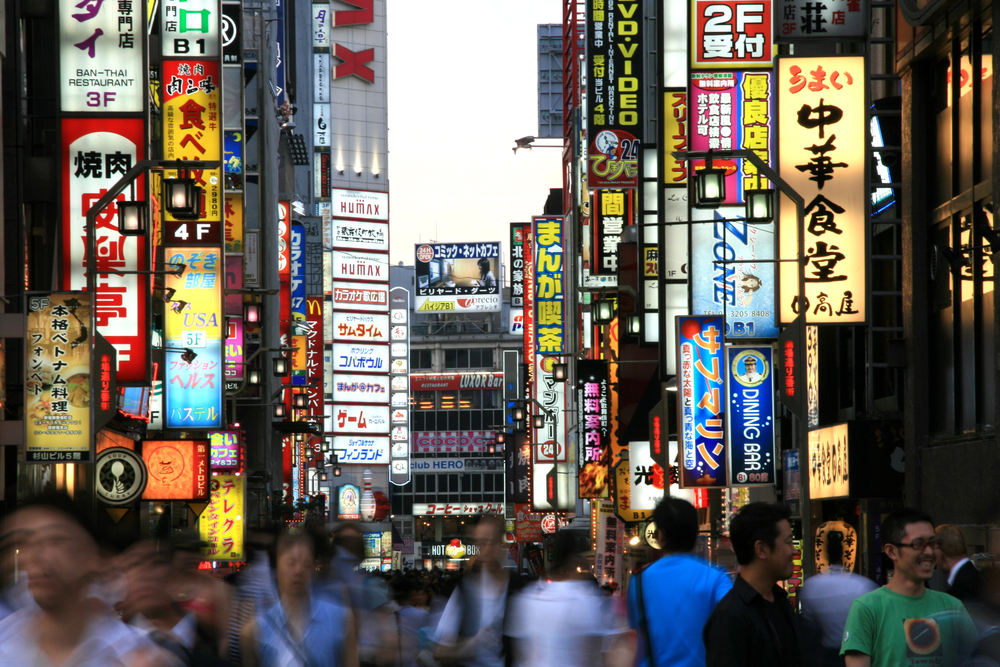
Narita International Airport is among Asia’s most expensive entry points, with expensive landing fees and operational charges pushing ticket costs. The airport’s distance from central Tokyo has added to ground transport costs, while the limited availability of slots at peak periods increases the pricing burden.
Complex air traffic management systems and high fuel surcharges also add to the above costs. With this commitment to cutting-edge technology and passenger comfort comes substantial ongoing investment in infrastructure and services.
London, United Kingdom
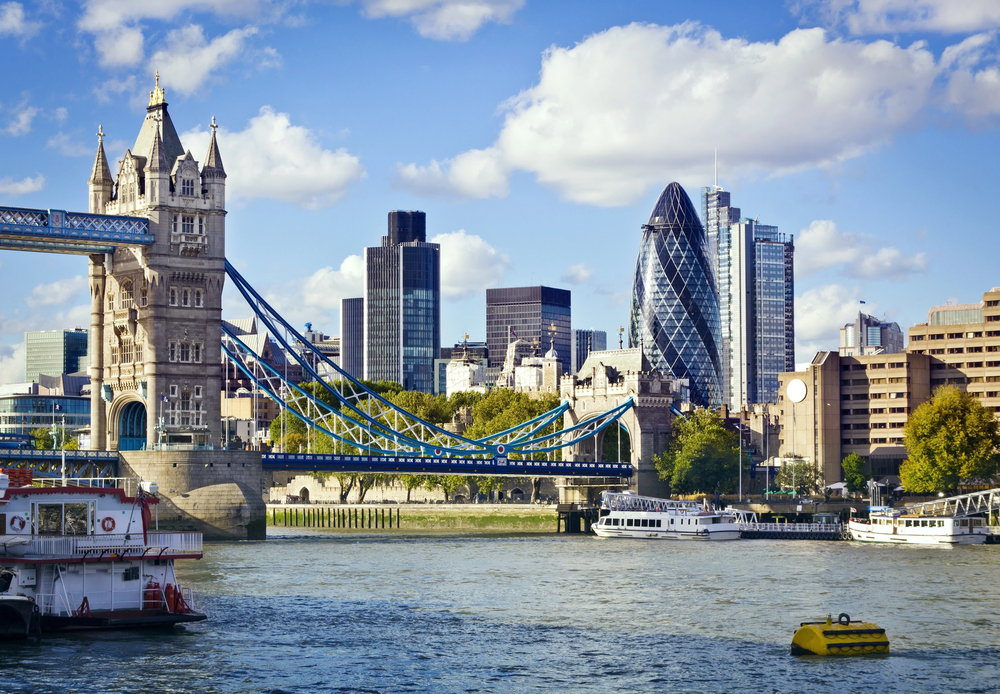
Heathrow Airport’s landing fees rank among the world’s highest, reflecting its status as a premier international hub. The UK’s air passenger duty is among the steepest aviation taxes globally, substantially reducing ticket costs.
High operating costs and constrained capacity at this sought-after airport translate directly to passenger fares. While generating revenue, the airport’s extensive retail and dining offerings also contribute to overall operational expenses.
Like Travel Pug’s content? Follow us on MSN.
New York City, USA

John F. Kennedy International Airport commands premium prices because it is a prime international gateway. High operating costs in the New York metropolitan area and intense demand for slots drive up airfares.
Complex air traffic patterns and frequent weather delays add operational expenses that airlines pass on to travelers. Continuous modernization efforts and infrastructure improvements at the airport further impact the cost structure.
Dubai, United Arab Emirates
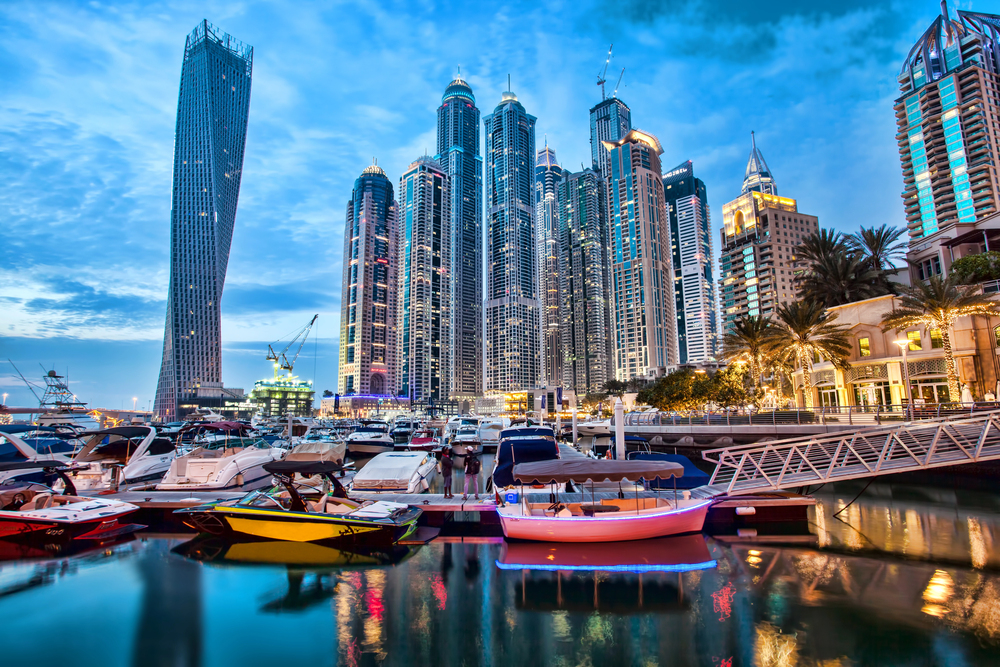
Dubai International Airport, a global hub, often experiences fluctuating price levels due to intense regional competition. The airport’s high investment in infrastructure and elite services attracts competitive pressures from neighboring hubs, which can stabilize fare levels.
The airport’s efficient functioning, with support from the government, allows airlines to offer cheaper fares on many routes. The airport’s strategic location between East and West and its status as Emirates’ home base have helped airlines make cost-effective connections there.
Paris, France
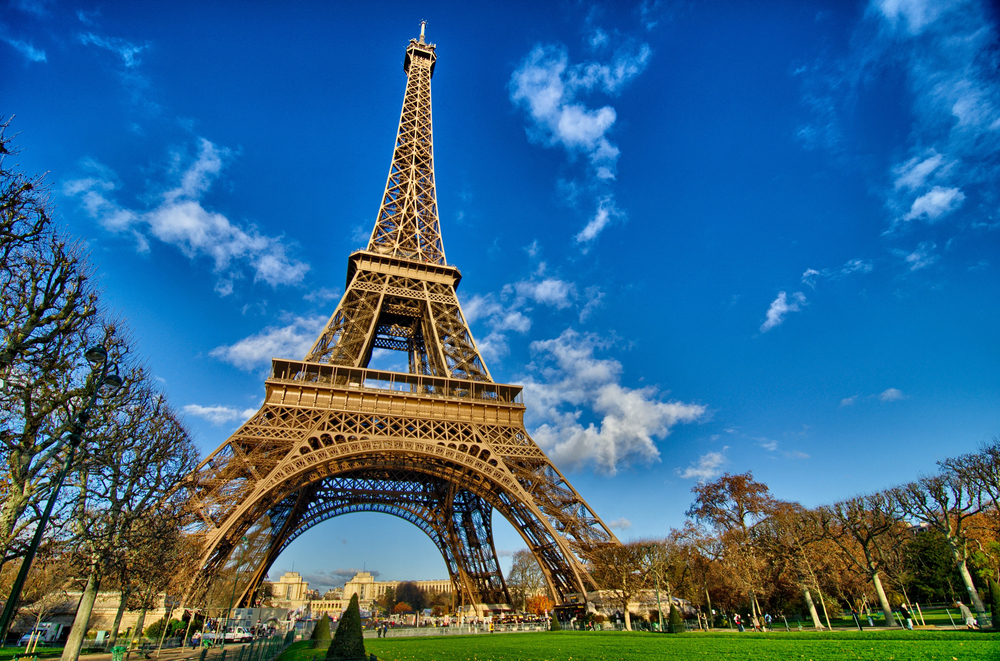
Charles de Gaulle Airport has a large infrastructure and premium services, increasing operational costs. The airport’s complex structure and high-tech security systems require a lot of maintenance investments.
High labor costs and strict environmental regulations add to the overall expense of flying into Paris. The airport is a major European hub that requires continuous upgrades and expansions, which affect operational costs.
Like Travel Pug’s content? Follow us on MSN.
Sydney, Australia
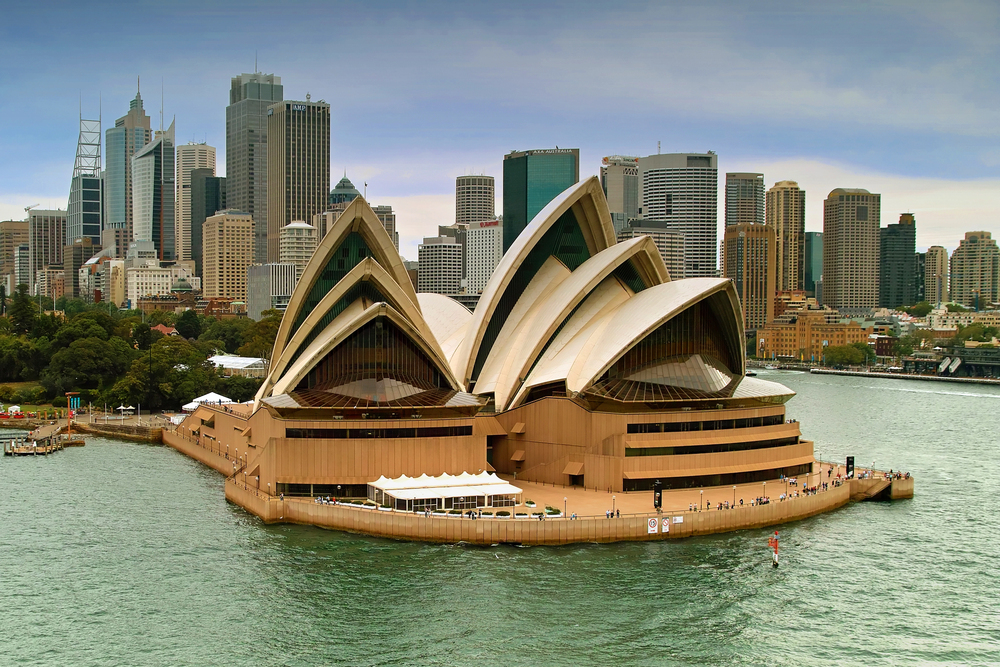
Kingsford Smith Airport suffers from geographical isolation and lengthy overwater routes, causing a lot of fuel to be consumed. It commands premium pricing because it remains the country’s main international gateway.
High operating costs and lack of competition in most routes make air tickets expensive. Biosecurity requirements and environmental compliance on the facility add another complexity and cost to the operation.
Singapore
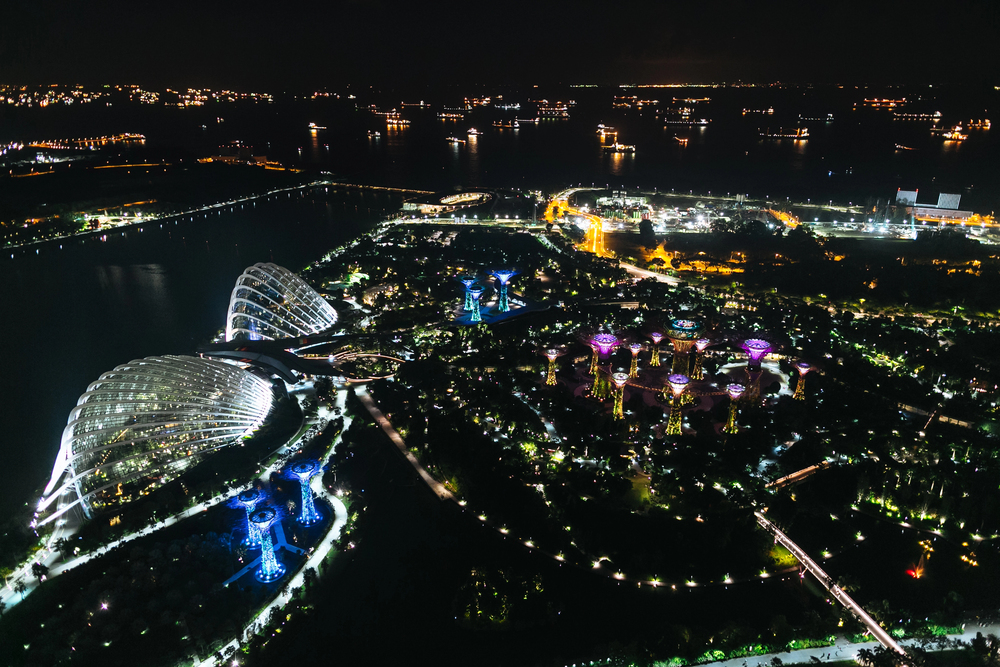
Despite its world-class facilities and services, Changi Airport maintains competitive pricing due to strong regional competition and efficient operations. The airport’s strategic location and government support enable airlines to offer reasonable fares despite substantial infrastructure investments.
While maintaining high operating standards and quality requirements, the airport leverages its high passenger volume and retail revenue to offset costs. The facility’s continuous innovation and expansion projects, including the renowned Jewel complex, are balanced by pragmatic business strategies to maintain competitive advantages.
Hong Kong, China
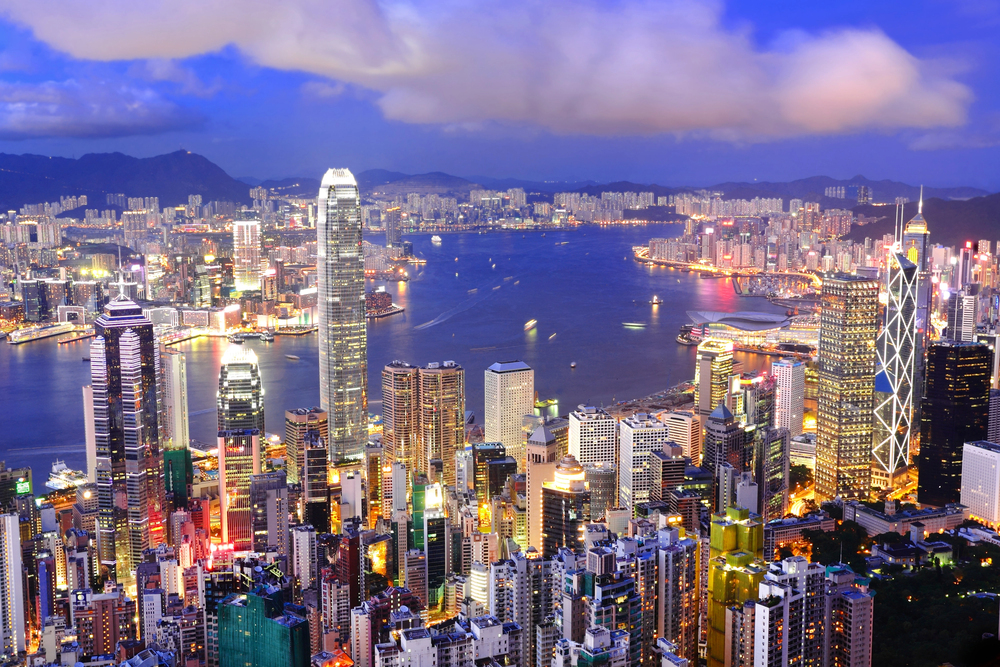
Hong Kong International Airport’s complex operations and premium facilities drive up costs. The airport’s sophisticated security systems and high-end services require significant investment.
Limited competition on certain routes and high operational standards contribute to expensive fares. The airport’s ambitious expansion plans and commitment to maintaining its position as a leading Asian hub further impact costs.
Like Travel Pug’s content? Follow us on MSN.
Zurich, Switzerland
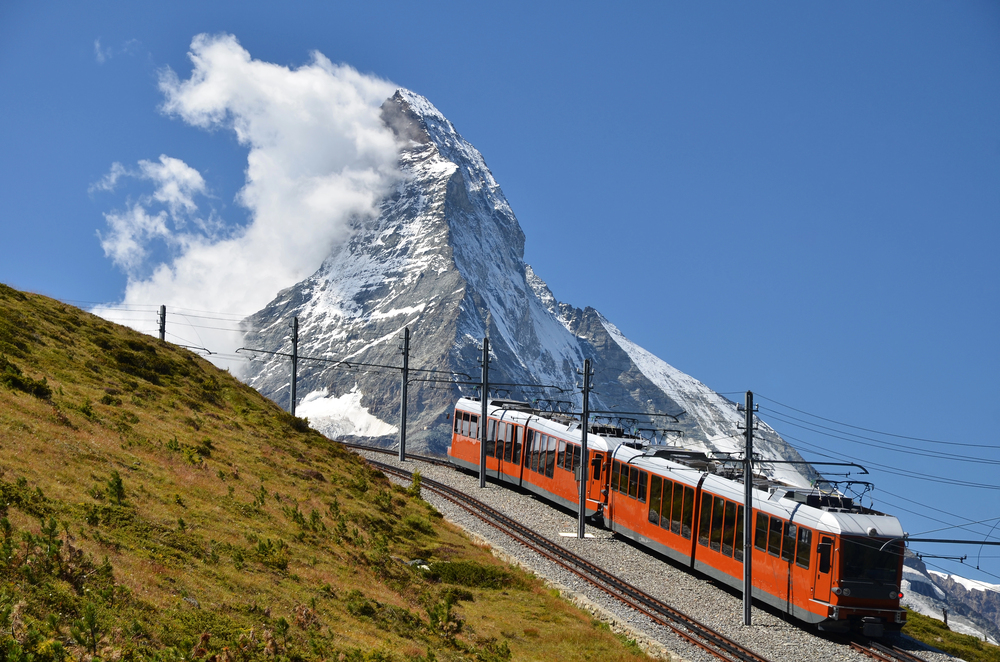
Zurich Airport’s high operating costs reflect Switzerland’s overall cost of living. Stringent environmental regulations and quality standards add to operational expenses.
Premium services and sophisticated infrastructure contribute to elevated ticket prices. The facility’s commitment to sustainability and passenger comfort requires continuous investment in cutting-edge technologies.
Oslo, Norway
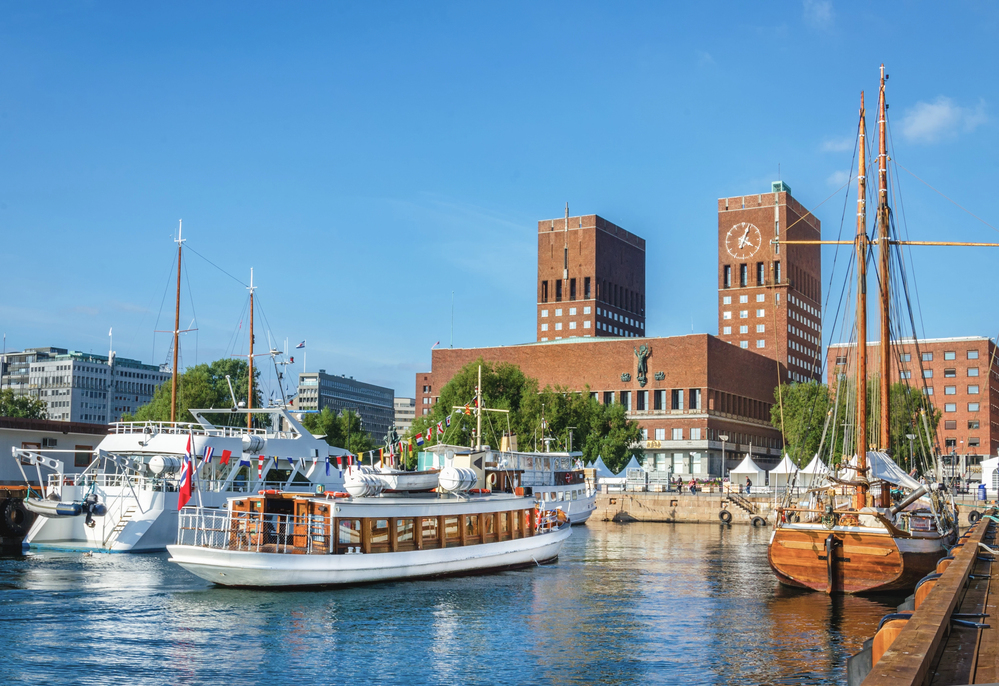
Oslo Airport’s high operational costs reflect Norway’s expensive labor market. The airport’s advanced environmental systems and winter operations add to maintenance costs.
Premium services and high-quality standards contribute to elevated ticket prices. The facility’s commitment to becoming the world’s first zero-emissions airport drives additional infrastructure investments.
San Francisco, USA
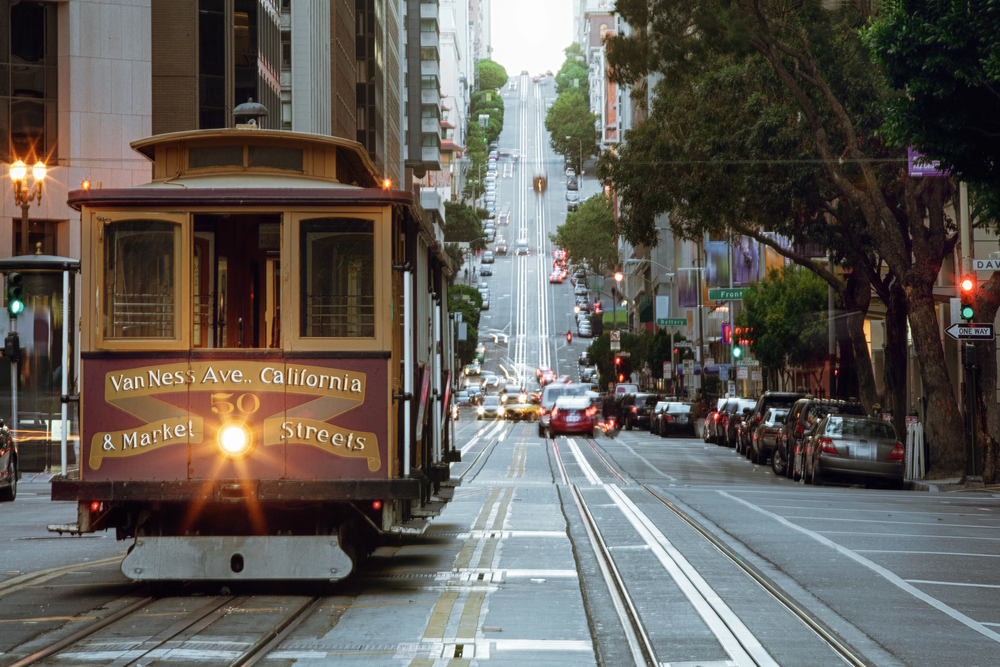
San Francisco International Airport’s high operating costs reflect the Bay Area’s expensive market. Sophisticated environmental systems and seismic safety requirements add to the expenses.
Complex air traffic patterns and frequent weather-related delays also contribute to higher fares. Extensive sustainability initiatives and local hiring requirements also impact operational costs.
Like Travel Pug’s content? Follow us on MSN.
Seoul, South Korea
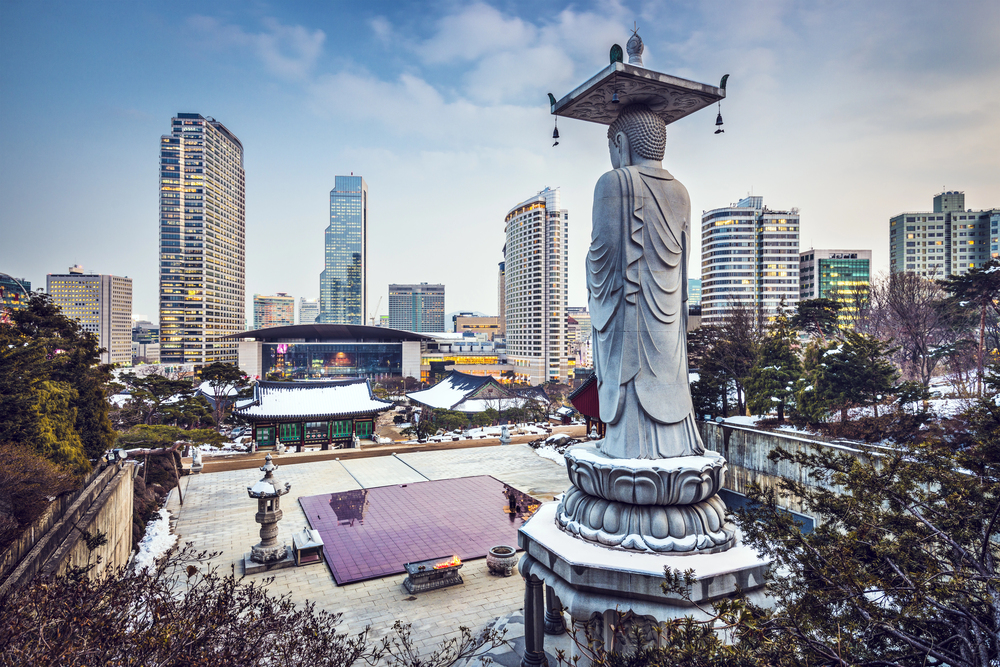
Incheon International Airport’s premium facilities and services command higher operational costs. The airport’s sophisticated security systems and extensive amenities require substantial investment.
High-quality standards and advanced technology infrastructure contribute to expensive tickets. The facility’s role as a cultural ambassador for South Korea necessitates investment in unique features and services.
Copenhagen, Denmark
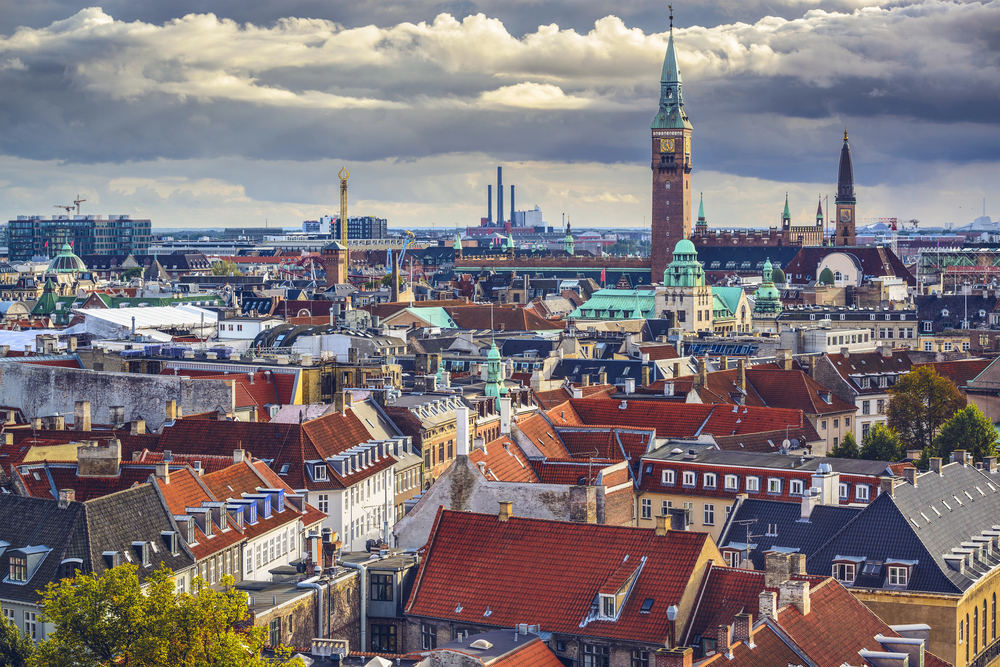
Copenhagen Airport’s high operational costs reflect Scandinavia’s expensive labor market. The airport’s advanced environmental systems and premium services add to maintenance expenses.
Sophisticated infrastructure and high-quality standards contribute to elevated fares. The facility’s ambitious carbon neutrality goals require significant ongoing investment in green technologies.
Toronto, Canada
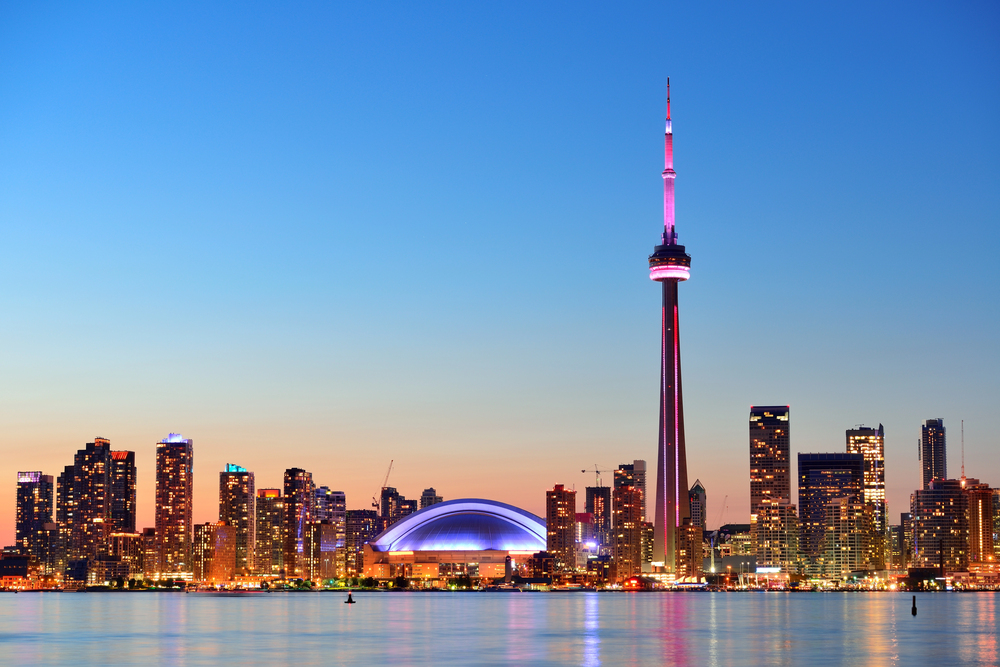
Pearson International Airport’s high operating costs reflect Canadian aviation regulations. The airport’s winter operations and sophisticated de-icing systems add significant expenses.
Complex air traffic management and extensive security requirements contribute to higher ticket prices. The facility’s commitment to multilingual services and cultural inclusivity necessitates additional staffing and training investments.
Like Travel Pug’s content? Follow us on MSN.
Tel Aviv, Israel

Ben Gurion Airport’s sophisticated security systems require substantial investment and staffing. The airport’s isolated location and limited competition contribute to higher operational costs.
Premium services and high-security standards add to the overall expense of flying into Tel Aviv. The facility’s unique geopolitical position requires continuous investment in advanced security technologies and procedures.
Flying Smart in Premium Markets
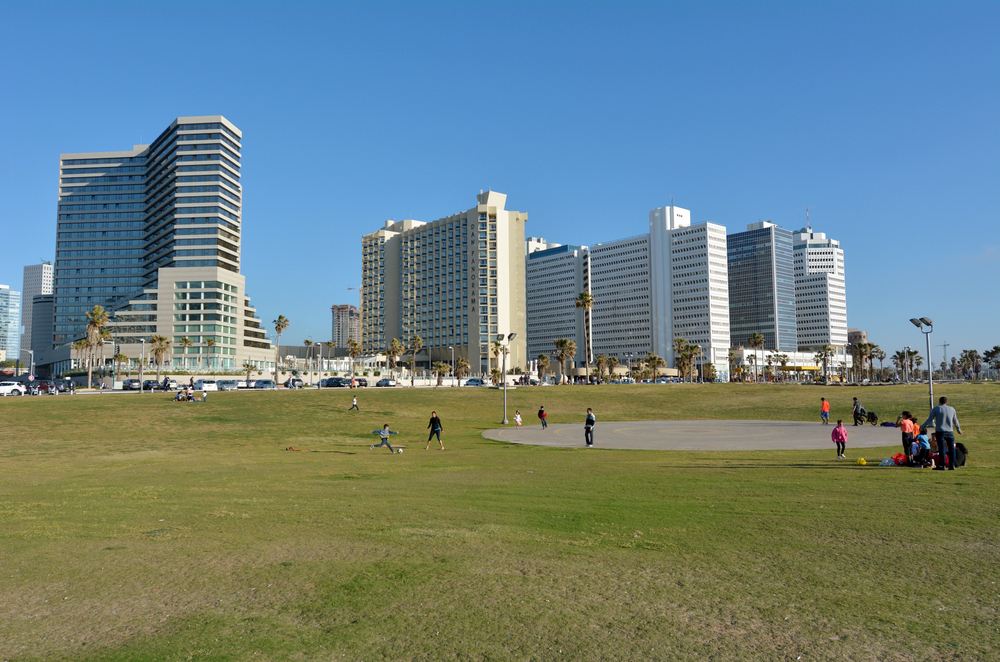
While it may not be possible for travelers to access these destinations without significant expense, clever travelers still have the potential to afford them. Travelers may look for alternative airports and flexible travel dates and participate in airline loyalty programs that can manage these costs.
After all, the value of access to such destinations in terms of business, culture, and tourism is often justified. For careful planners, the reward for traveling to these first-class destinations is often greater than the travel cost.
More from Travel Pug

- 15 Dangerous European Cities to Avoid
- 15 Caribbean Islands Where Tourists Keep Getting Scammed
- The 20 Most Fascinating Abandoned Places: A Journey Through Time and Forgotten Spaces
- 15 Hidden Places in the Smithsonian Museums Locals Love: A Guide to Lesser-Known Treasures
- 16 Hidden Florida Beach Towns That Aren’t Overrun with Tourists
Like Travel Pug’s content? Follow us on MSN.
